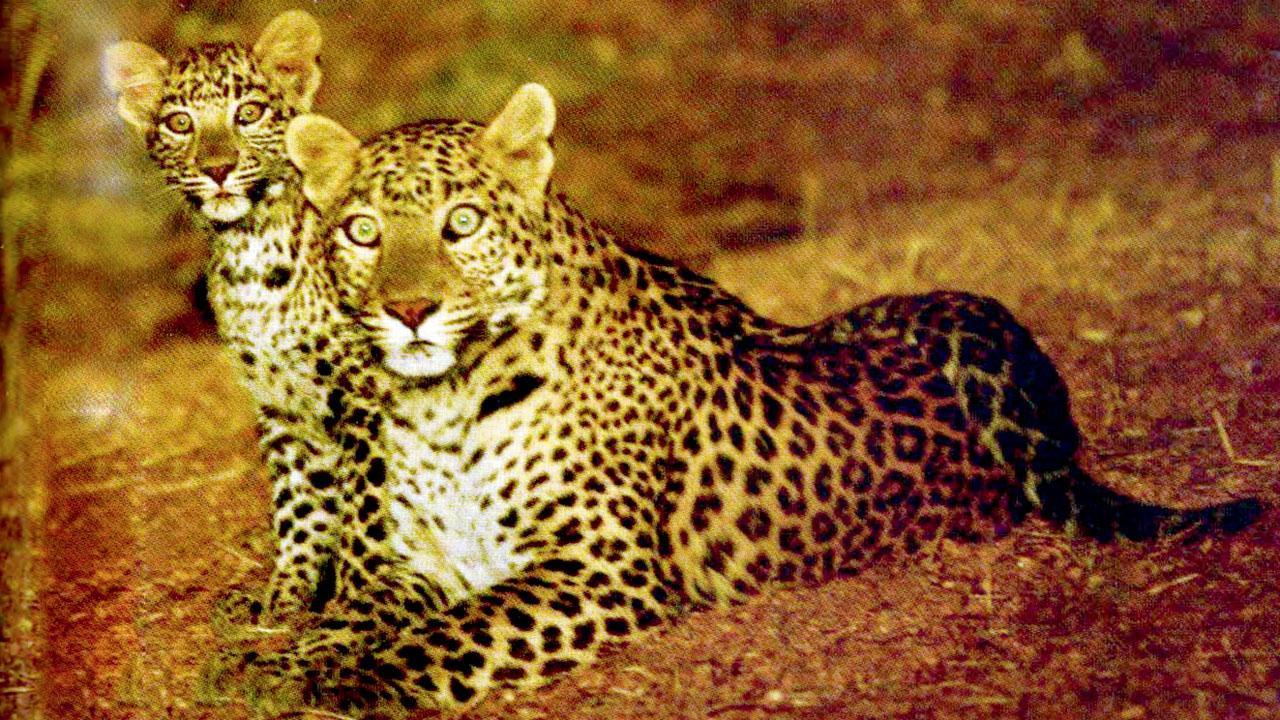A leopardess in Beda, Rajasthan. PIC COURTESY/A LIFE WITH WILDLIFE
As a conservationist, former director (twice) of wildlife preservation, author, and prime architect of the Wildlife (Protection) Act of 1972, Dr MK Ranjitsinh Jhala*s work spans over six decades. A Life with Wildlife, a compilation of his work protecting the country*s flora and fauna species, is his contribution to the history of conservation efforts in India, right from the British era to the current state of affairs. In the book, Dr Ranjitsinh talks about how there is a need to preserve wildlife in pockets, because the needs of development have to be fulfilled too. Edited excerpts from mid-day*s conversation with the author:
How has India progressed on the spectrum of conservation over 60 years?
Our country is one of the easiest places in the world among the developing nations to conserve nature because there is empathy for life. Despite tremendous poverty, ignorance, and lack of education, we have not lost any animal or bird species and there have hardly been any extinctions. The only one in recent times was the cheetah and a couple of rhino species on the periphery.
Blackbucks engaged in a war of horns, in Velavadar, Gujarat. PIC COURTESY/A LIFE WITH WILDLIFE
We will not kill, but neither will we actively conserve by preventing destruction by others, with the exception of a few communities like the Bishnois. Conservation comes from the top, as it did in British and princely India. There was a vested interest in protecting the habitat and the animals which they could hunt. Now, you have to take people on your side, gather public support, and the leadership must come from the top echelons. It came from the Viceroys, like Lord Curzon, some princes, and some prime ministers.
Now, the focus is changing. There is human development everywhere, but you cannot do it at the cost of conservation. Conservation is the art of the possible, and a compromise.
What is the difference in the way conservation is carried out here and in the West?
I think it*s about sentiment. The neelgai – which is really not a cow but an antelope, is not killed because of it being called âgai*; even though it*s an agricultural pest in some places. Some communities hold them sacred. The Bishnoi community of Rajasthan holds even trees sacred, because of their preceptor, Guru Jambheshwar. They*ve sacrificed their lives to save groves of trees, so sentiment plays a large role.
MK Ranjitsinh
When you are saving a particular bird or animal, you are saving not just that species, but its habitat. You can have a habitat without a wild animal, but not the other way around. In an overpopulated country like ours, habitats are under the greatest threat. Our protected areas are isolated and surrounded by human populations.
You started out as the collector of Mandla in Madhya Pradesh in the 1960*s, where you helped save the central Indian barasingha from extinction. At that time, what was the state of conservation efforts?
In my time, there were very few, but very dedicated people. We didn*t have money; we had fighters whose heart was in the right place. That level of commitment is not there in bureaucracy anymore. We were half-a-dozen then – it should have become 100 by now. Today, conservation must become a people*s movement.
As the prime architect of the Wildlife Protection Act 1972, which is one of the first of its kind legislation to protect plant and animal species, what did you draw upon?
I was born with a background of wildlife preservation. I belong to the royal family of Wankaner and my family had hunters, but both animals and their habitats
were keenly conserved. I looked at wildlife conservation acts from all over the world, particularly the Commonwealth countries, and did a comparative analysis of what could apply to India.
You were part of the task force that initiated Project Tiger, one of the largest efforts at tiger conservation. It*s been exactly 50 years since it was launched. What has changed, and what hasn*t?
The tiger became the national animal in 1973, it was the Gir lion before that. One of the lessons we learnt was nothing is safe until you protect it. There were nine tiger reserves then, and now there are over 50. Almost all of our tiger population is in national parks and sanctuaries. There are very few tigers outside. This proves what I came to believe 50 years ago – that India*s wildlife, nature, biodiversity, and natural heritage will only survive in effectively managed and protected national parks and sanctuaries. I made it a life mission to establish as many as I could – directly when I was Forest Secretary, and indirectly when I was pursuing the concerned state authorities to establish parks and sanctuaries in their areas, in my capacity as director of wildlife preservation of India. They are the last havens of hope for nature
to survive.
Where is the future of Indian conservation headed?
It is essential to increase the demand for local conservation and to balance local pride and sentiments against the need for development. It*s a tightrope walk, but I believe that the country will see the survival [of species] because by and large, people believe in the sanctity of all life.
